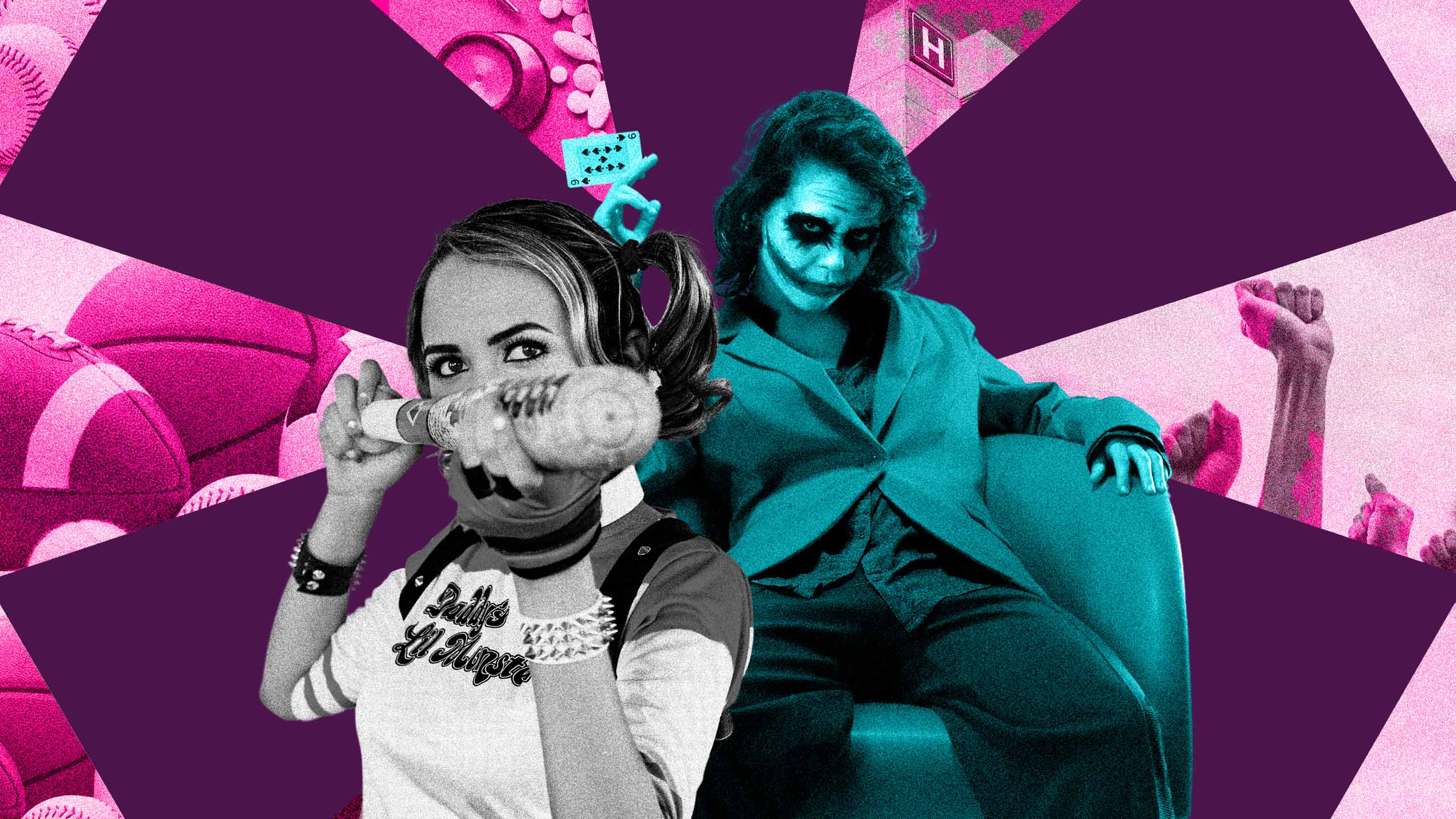Over the years, cosplaying—the act of creating and wearing authentic looking costumes from works in pop culture—has become standard at a lot of comic and anime conventions. For quite a few cons, the cosplaying scene has grown into a main attraction, where talented cosplayers get a chance to show off what can be months of crafting work. Image galleries from annual events like Comicon or Anime Expo inevitably feature the style and hard work of hundreds of cosplayers.
Cosplaying has grown in popularity over time, and that growth is expected to continue. The market for cosplay costumes and wigs was valued at around $4.6 billion in 2020 and is expected to reach $23 billion by 2030. But a recent conservative legislative trend has the potential to upend this relatively new cultural phenomenon: anti-drag bills.
Recently, TFcon, a Transformers fan convention, announced that it was forbidding cross-gender cosplays at its upcoming event, set to be held in October at in Orlando, Florida. The con organizers cited Florida’s recently passed ban on drag performances in the presence of minors as the justification for its new anti-crossdressing policy. Florida is not the only state either. So far, this legislative session, five states have passed their own version of an anti-drag ban, meaning cons in other states could be affected in the future.
Cosplayers didn’t react kindly to the news, pointing out that there are only a limited number of female Transformers characters for women cosplayers to dress as—and decrying the anti-free expression sentiment behind the policy.
Though convention organizers eventually rolled back the policy, declaring that crossdressing cosplay does not violate the law, the incident exposes the true intent behind these anti-drag laws. These laws are not designed to “protect children” at all, but instead are meant to use the force of law to drive gender nonconformity underground. In retrospect, it should have been obvious that the cosplay scene would be among the first cultural battlegrounds under these laws.
Cosplaying has long had a relatively open attitude towards gender nonconformity, and is currently a space where even cis people can experiment with their own presentation without the threat of being labeled with a permanent identity. The act of cosplaying has also been an avenue of self-discovery for trans people, who have used it as a mode of playing with their own gender presentations. I can think of multiple trans friends of mine who have told me that past cosplay experiences led to them discovering their own trans identities.
This process of discovery is what most deeply terrifies conservatives and transphobes. They live under the delusion that by preventing or delaying people from discovering their own trans identities, they can limit, or at least control, the size of the trans community. They hold this hope because at its core, the anti-trans movement is an inherently eliminationist movement, hoping to control everyone’s gender presentation.
The anti-drag bans push their cultural agenda in two separate prongs: by preventing trans and gender nonconforming people from accessing public spaces, and also by keeping other people from seeing trans people in public and possibly exploring their own gender identities.
TFcon was only one early example of tension between cosplaying, the pop culture convention industry, and the conservative obsession with gender nonconformity. While this particular con ended up determining that cross gender cosplaying didn’t violate Florida’s anti-drag laws, all it would take would be one politically motivated cop or city official to attack one of these conventions for the law to be tested.
Convention organizers must now put anti-drag laws on their lists of potential risks and act accordingly. Hosting a large convention likely to feature cosplaying in a red state will need to be considered a legal risk (not to mention the hostile atmospheres for LGBTQ2S+ people that have been steadily growing in these states), and, if necessary, these conventions should consider relocating to safer, and bluer, pastures.
More importantly, the avenue of gender experimentation offered by the cosplay community is valuable and important, and must be preserved as conservatives continue on their mission to destroy gender nonconformity. The fact that TFcon even had to consider banning crossdressing cosplay in the first place is just yet another example of the unforeseen and far reaching possible consequences of conservative anti-trans laws.


 Why you can trust Xtra
Why you can trust Xtra


